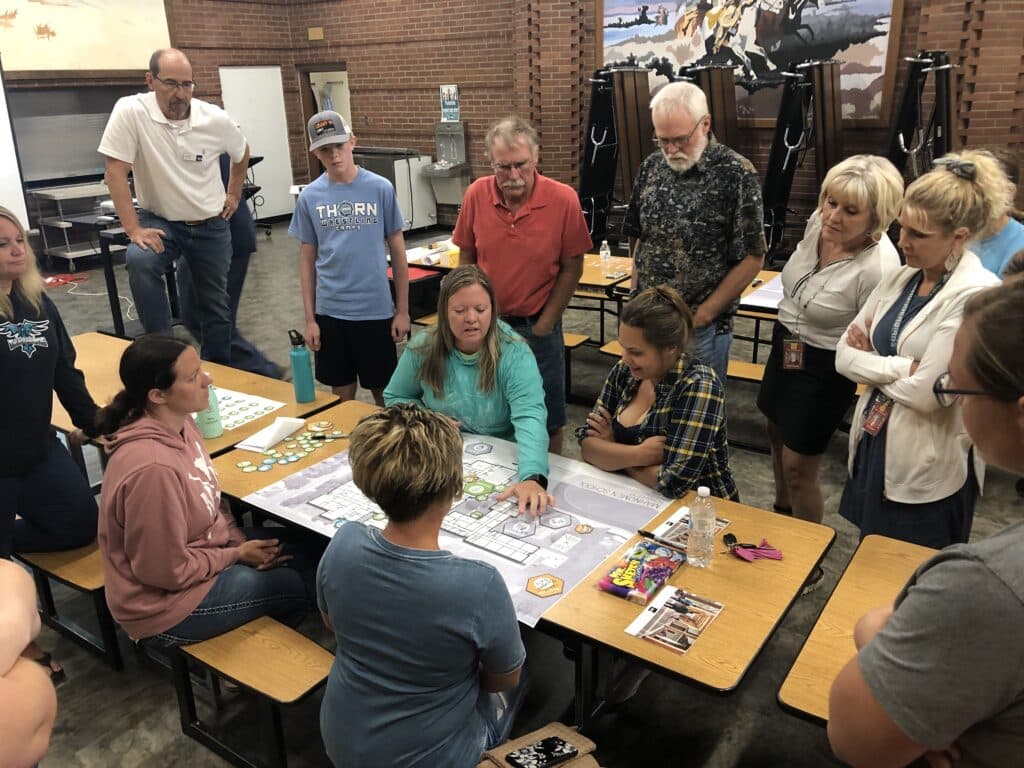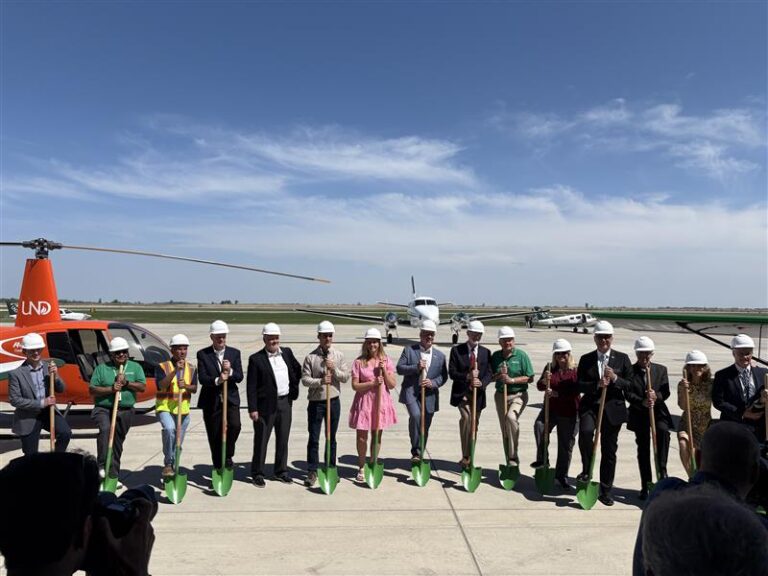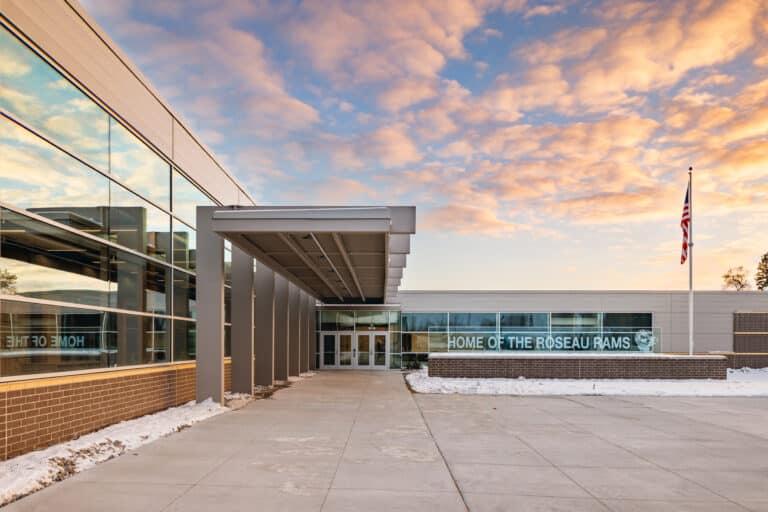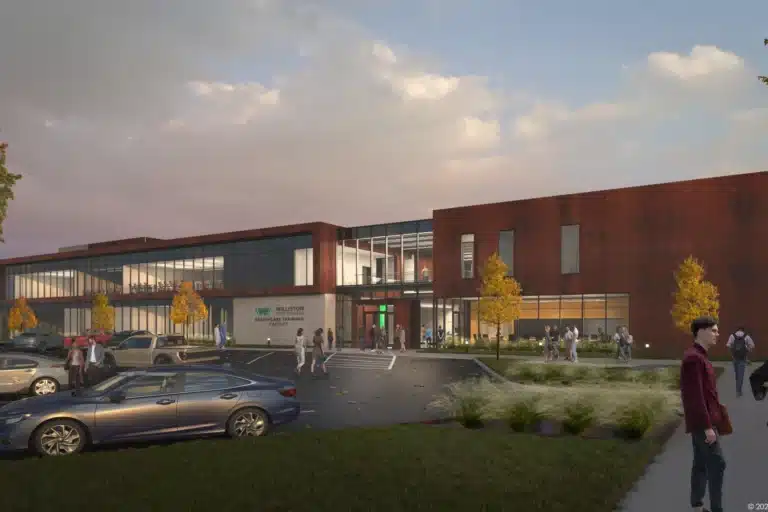We’ve all seen a school facility building process go astray or not deliver the end result the school district — and its families — were hoping for. It’s disheartening because we know school facilities have the power to enrich communities and either limit or expand learning possibilities, depending on the level of community engagement. Over the past 20+ years, there’s rarely been a K-12 school that has been successful at executing their school facility plan — and building new facilities — without strong community engagement from the beginning.
A Vision for the Future
Strong community engagement often starts with establishing a Facilities Vision Committee that involves teachers, administrators, staff, and a variety of community members, with and without children. Together, this group can create a vision of facilities for the school district that drives all future plans.
A successful community-driven school building reflects the community that it serves. When approaching a school facility plan, who’s behind it matters. And I’m not talking about just the superintendent or the school board — although their complete buy-in is critical. What I’m really talking about is the community. Organizing a community-based committee charged with understanding the needs of the school district creates a collaboration that casts a vision and develops the plan to achieve it. This is the most effective way to get a community behind a vision for education and a plan for facilities to match that vision. When school districts overlook this first — and most important — step, they often set themselves up for failure.
Community Visioning: 6 Keys to Session Success
Some of the most rewarding moments in my career have been the times I have spent helping facilitate this process — watching a broad community group come in with different ideas and different agendas, then leave with a common vision. Here are five key elements to keep in mind when facilitating community visioning sessions:
Think broad and dig deep.
Beginning the planning process by forming a Facility Planning Committee or Facility Planning Task Force has become the standard. Most schools are doing this, but where they fall short is not engaging a group of people that truly reflect their community.
The committee should of course have representatives from the school, including members of the school board, teachers, parents, and students. Next, think broader. When schools intentionally bring in members of the business community, residents without kids, and community influencers, they create a richer planning process that fosters more insightful dialogue and even buy-in long before any plan is announced. It’s often easy to get participation from folks already engaged in the school. It takes work and recruitment to convince others of the value of their input and time in the planning process. Time spent here, creating a group that covers a broad spectrum of your community, will be critical to the outcome for years to come.
Look beyond the school and the usual suspects.
The goal is to engage a group that is reflective of your community. It’s certainly easier to engage people who likely agree with the administration’s thinking. But an effective, community-based committee includes those who may resist being part of the process. I have repeatedly seen those individuals help immensely, bringing additional perspective and richness to the planning process, and in the end, become advocates of the building proposal to the community. Identifying your open-minded naysayers upfront and determining how you will engage them in the committee, or another part of the process, is critical to success.
Once you have identified a list of possible members, evaluate and refine your list based on the number of hats they wear in the community, diversity, and varying viewpoints. The more hats a committee member wears, the better. A businessperson who is involved in a service organization, regardless of whether they have children in the district, would be a good choice. The size of their network matters.
One of the most important roles of the members is the informal, yet intentional feedback they collect and share with the committee during the planning process — feedback from friends, neighbors, and coworkers.
Inform, explain, and clarify expectations.
Once you’ve identified key members for your community visioning session, don’t forget to tell them what they are getting into. Explain the goal of the process, the number and duration of the planned meetings, and what you expect of them. Provide them with a job description, if you will. That way you can ask them for their full commitment and attendance, without chaos and confusion.
Know that timing is everything.
Something as simple as choosing the wrong time of day to meet can derail the facility planning process. Every community is different and finding a time to meet that encourages a higher level of participation is worth the forethought and effort. Schools tend to simply default to hosting the meetings later in the evening after 6 pm; which challenges families with children and can conflict with after school activities. Or they opt for the middle of the day, but this time eliminates people who have jobs and cannot get away long enough for an effective planning meeting. Sometimes late afternoon, around 4 pm, works, especially if the district springs for a light supper. Taking the time to find the right day and right time of day to get the best participation is critical and worth the effort and forethought.
Strike a Balance.
Districts sometimes believe they know the right answer and bring the committee together with an idea that they will simply validate what the district already knows. This is a costly and common mistake. It is important for school district leaders to trust the process and their community. This committee and this process is the district’s opportunity to engage and inform the community by sharing the district’s challenges and successes. It is important to lean into the committee to help create the plan. After all, these are their schools, and the district often needs the community’s approval (at the voting booth) to move forward. Engage the community through the process and focus on seeking first to understand. The planning process can be messy, but if the district chooses persons of goodwill who will be open, listen, engage, and be prepared to do what is best for the schools and their community, they will likely find success
Commit to the long haul.
Creating a vision and developing an action plan around it takes time. This process varies by the size of the group and the goals. Too often, I have seen schools push to do what would typically take seven meetings in a mere four. Their intentions are good; they want to be respectful of the members’ time. The challenge is that an expedited process does not give the members time to evaluate options, listen to each other, see the rationale, and come to conclusions together. They simply get too much information and not enough time to process it and reach consensus.
Planning is a mental process that takes time to gain enough information to have a fruitful discussion and begin to make decisions. Depending on the depth of the planning needed, we and the district administration and school board members can determine how many hours each meeting should take, and how many meetings best suit the need.
Community “Owned”
School buildings are central to the community and need to be “owned” by the community. Getting the planning process right can mean the difference between getting your community on board with expanding or building a new school — or not. The stakes are high, but the results are so rewarding. I see the rewards every time I walk through a new addition or new building with the visioning committee, and they see how their vision is coming to life. This process has proven to lead to the discovery of new and creative ways to explore and address a school district’s challenges and increased acceptance of the plan by the broader community.
To build a community-driven school that achieves the best results for your students and district, it’s worth the time to engage in an effective and empowered planning process.





